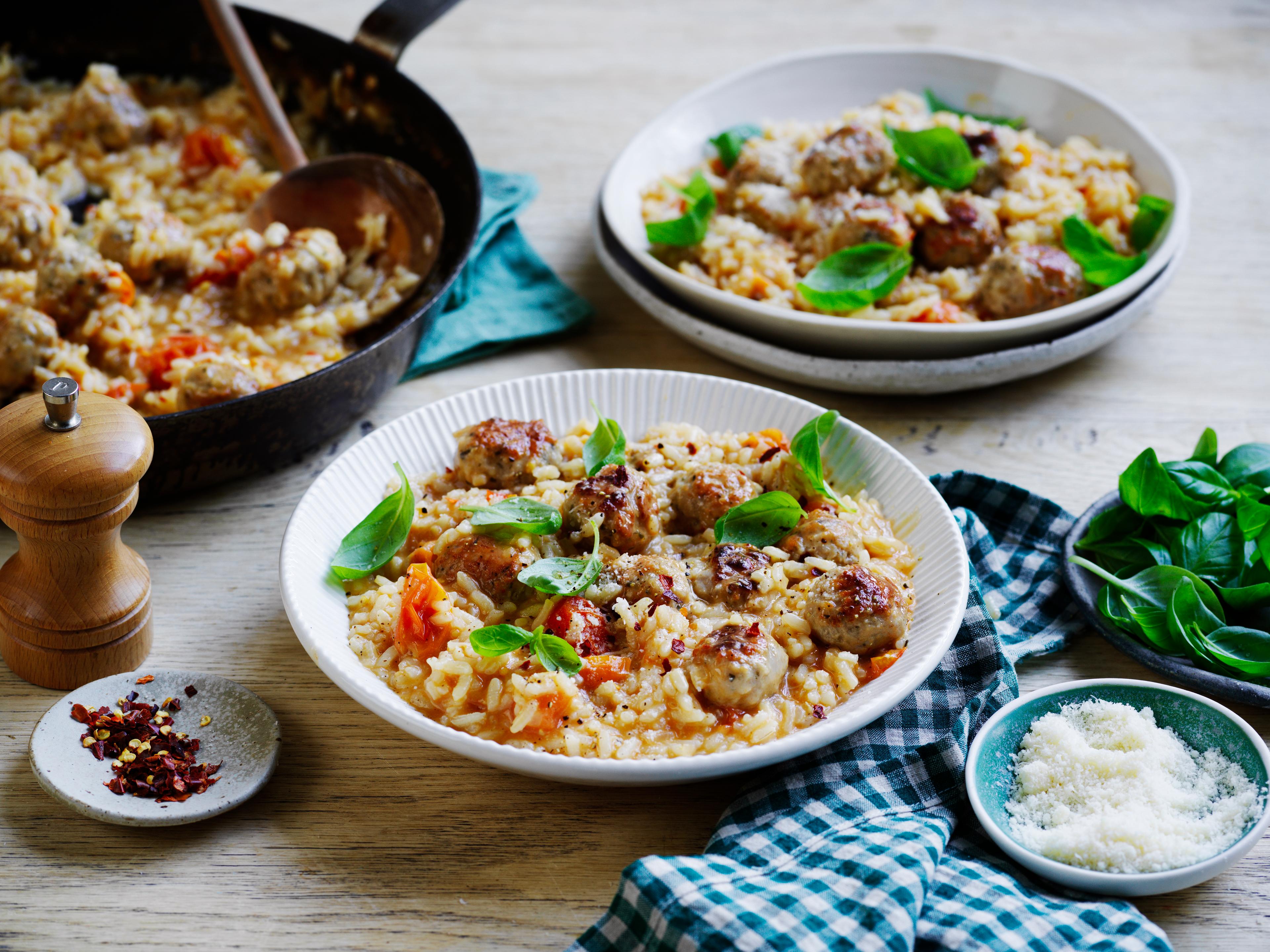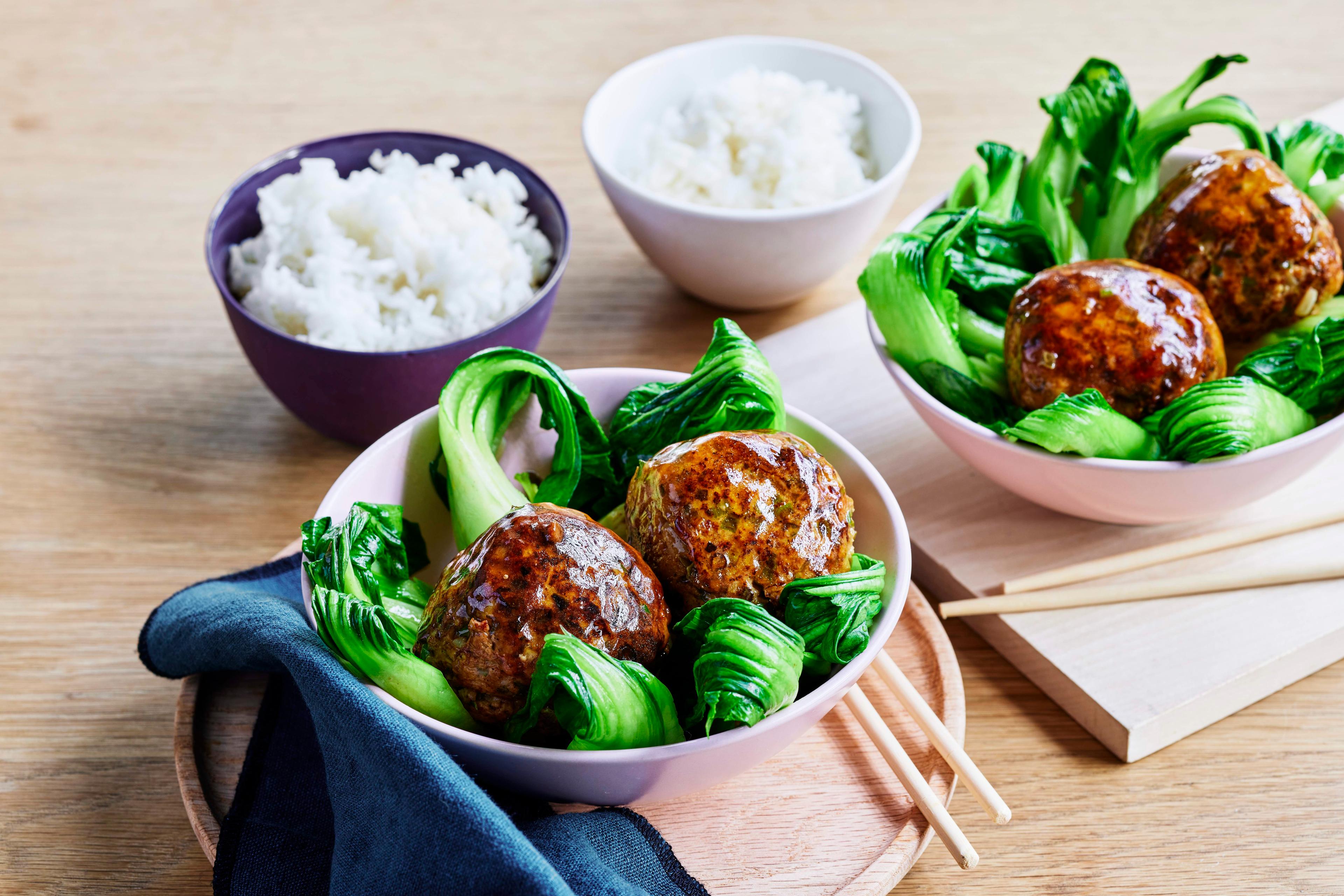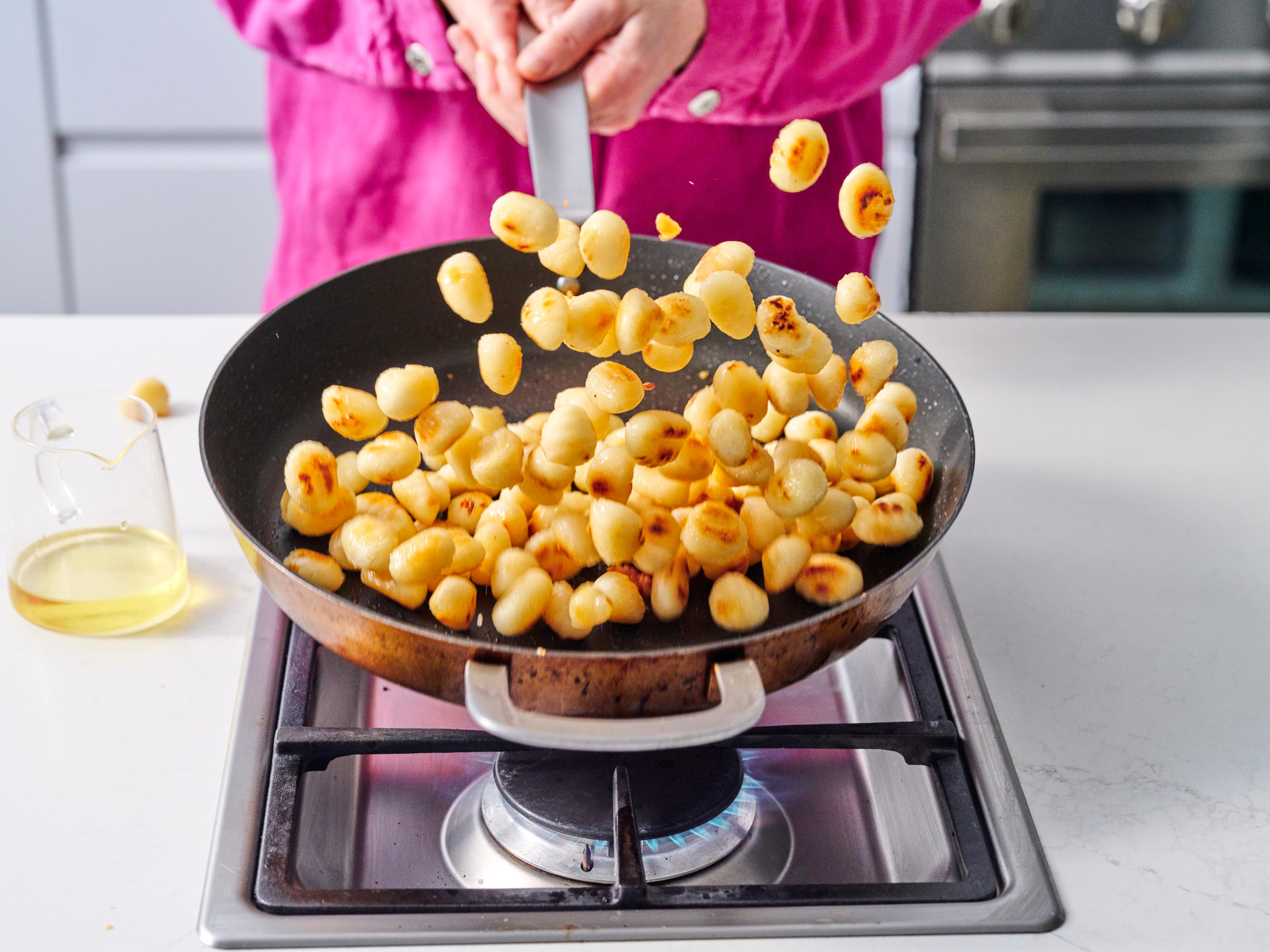
We all have varying degrees of culinary intuition. Some of us are near-savants, while others struggle with the simple boiling of an egg (no judgement, those little orbs can be wily things). In those moments, when we’re left mystified by our cheesecake’s unsightly cleft or a once supple piece of blackened rump, it’s good to be reminded that cooking is as much science as it is intuition. Why is that good? Well, because, my culinarily perplexed friend, science can be learnt and mastered and a dull intuition can be sharpened.
To assist your refinement, here are some go-to food science-y truths that will help you deftly side-step those irritatingly common kitchen mishaps. Let’s begin…
So, why is my risotto dry?
Risotto can be a one-pot minor miracle, but that temperamental rice can also behave like a downright prima donna. You need to slowly feed the rice warm stock to gently plump up the grains without drying them out too quickly. If you add too much, too fast, your rice will sulk and you’ll end up with rice soup. Too slow and you have unpleasantly hard grains. Stirring the grains so they bump up against each other releases the starch that gives risotto its creamy consistency, but if you have it cooking at the right temperature, you don’t have to stir relentlessly, just every so often to ensure it’s not sticking to the pan. Remember, if you can mould your risotto into a shape, it’s too dry – add more stock.
Why are my chips soggy?
Yep. We’ve all been there. Given the choice between a sodden chip and a crisp-edged wedge, most choose the latter. So what’s going on with your limp veg? Chances are you’ve not employed effective crowd control. The science on this one is fairly clear: the more you pile into a pan, the more the temperature will lower. Your chips will stick, won’t sear and will give their moisture up into the pan, effectively steaming them. So make sure you’re only adding chips to a baking tray in a single layer, spaced a little apart, so as not to overcrowd things. It’s also a good idea to rotate the tray on the oven shelf mid-way through cooking to ensure they become evenly golden.
Why is my pasta dry and boring?
OK, two things are happening here. Firstly, you haven’t added enough salt to the cooking water. Any Nonna will take great pleasure in chastising you for this mistake. The water needs to be as salty as the ocean, so each strand or noodle is flavoured as it absorbs the water. Secondly, don’t rinse your cooked pasta. That will only strip it of its starch, which is needed for a lovely, silky texture and to bind to your sauce. And, we’ll tell you this third thing for free (and quite frequently do), always add a little of the cooking water back to your drained pasta with your sauce to help it thoroughly coat the pasta.
Why are my veggies so sad and why is my meat ugly?
Here is a kitchen truth to live by: moisture is the enemy of crispiness. There are cooking techniques for which moisture is integral and celebrated, but for anything you’d like to be golden, crunchy and crisp, liquid is to be rigorously expelled. It’s why, for crackling, it’s imperative to salt the pork and leave it uncovered in the fridge overnight, and it’s why we always preheat a frypan before cooking. What we’re trying to achieve when we cook in a hot, hot pan is forced evaporation. If this process doesn’t happen, your vegetables (we’re looking at you, mushrooms) will stew in their own internal juices and never reach their golden potential. Same goes for searing meats. So if your meat is repeatedly grey-ish in colour or a little insipid-looking, we’d bet your bottom dollar the pan is lukewarm.
Stay tuned for Volume Two, coming soon.


